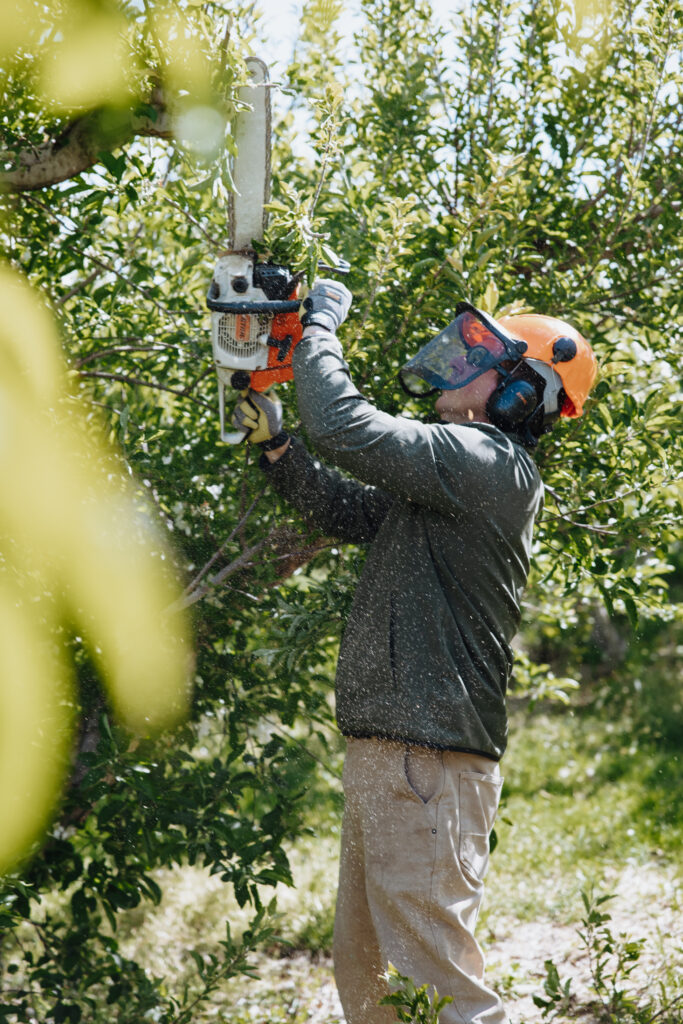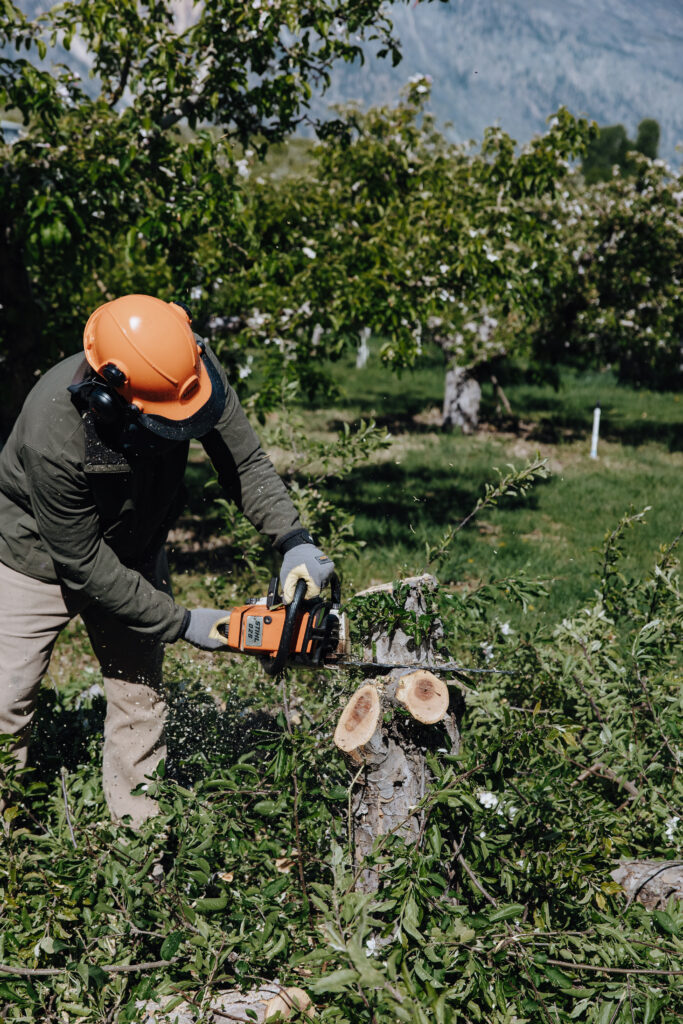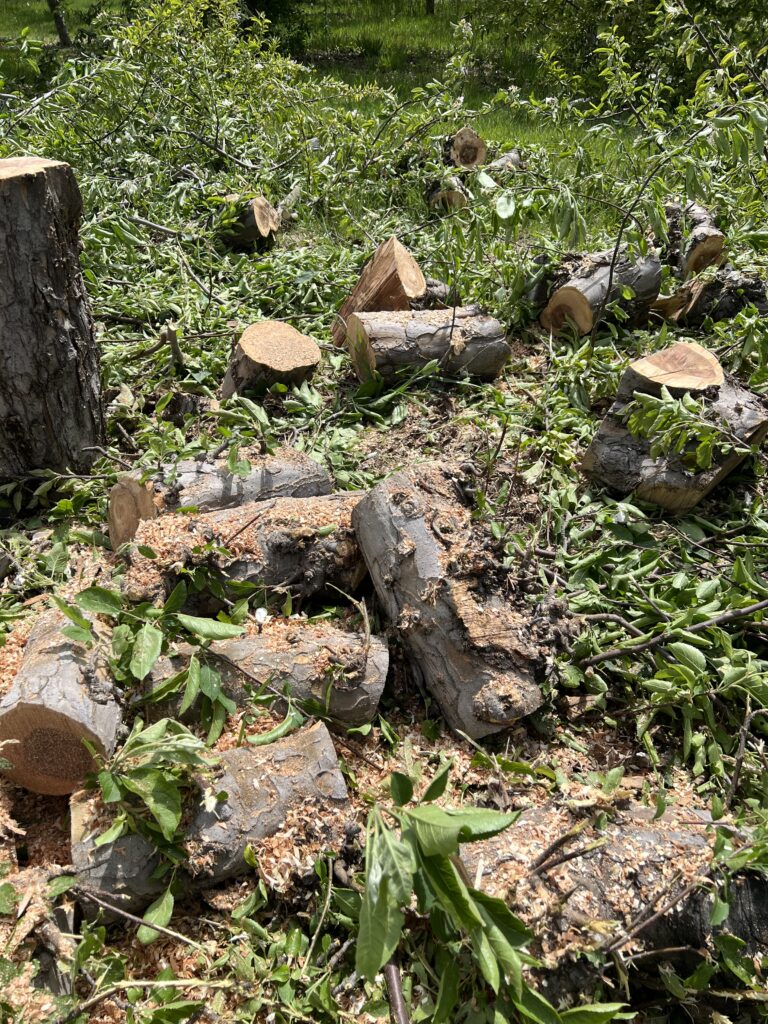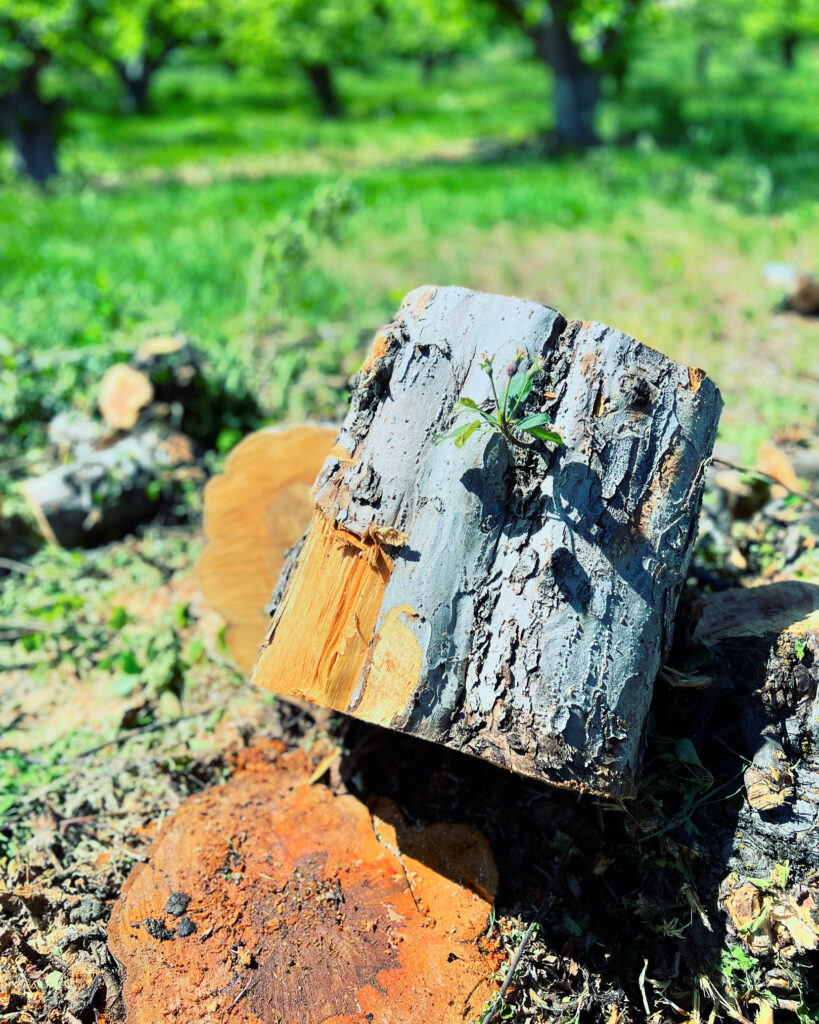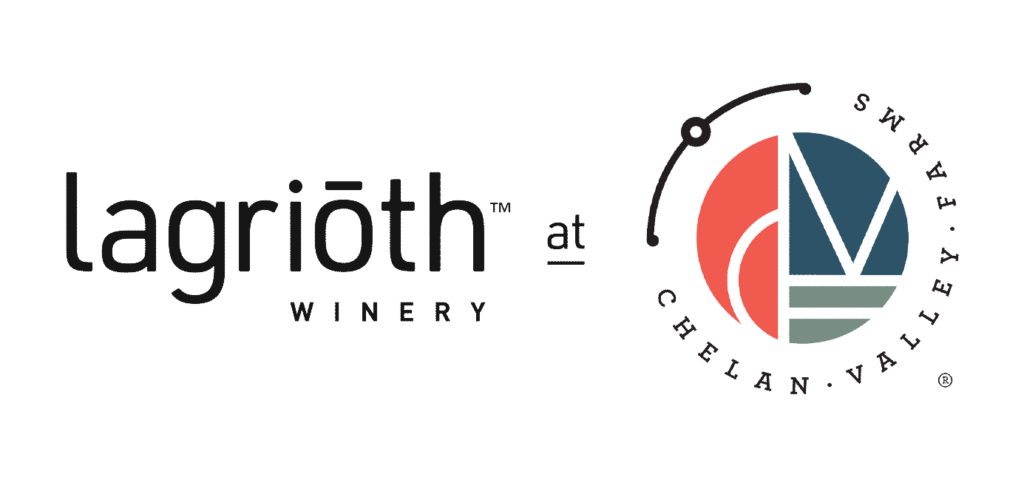Red Delicious has been a popular apple variety for over 150 years. It’s a story to be celebrated! Red Delicious supported many farming families over the years.
by Chad Steiner
If the Red Delicious was discovered in Iowa in 1870, that makes it 154 years old (thanks Trapple Orchard for the story). With the proliferation of “new” apple varieties today, it could end up being one of the longest lasting apple varieties to ever exist with its level of popularity. Our story only intersects a small part of this apples journey. Since buying our orchard in 2017, we’ve been farming Red Delicious. In today’s blog, I’d like to touch on some definition’s then talk a bit about our farm and the great community of Manson tree fruit growers, plus I threw in a few photos of the farewell at the bottom.
Let’s start with some definitions. As I thought about writing this it seemed important to touch on some questions that often come up.
- Question: Are apples planted from seed?
- Answer: No. Once an apple variety is created, it is propagated or grown using cuttings or buds. i.e. vegetative propagation. New apple varieties come from seed.
- Question: How is a new apple variety created?
- Answer: the pollen from one variety is placed onto the flower of another variety. The seeds inside the resulting apple are all “new” varieties. For example: Evercrisp® is a cross between Fuji and Honeycrisp.
- Question: Why are most new orchards on a trellis?
- Answer: the creation of the dwarfing rootstock allowed for smaller trees to be grown. Smaller trees create smaller branches, smaller branches produce more fruit. Old trees were not on rootstocks, they were seedlings/planted on their own roots. Big, old trees needed big branches for support and had to be spaced very far apart. Dwarfing rootstocks allowed trees to be planted very close together BUT the trellis was necessary to support them or keep them from falling over. Smaller trees, more small branches = much higher yield and also a lot more efficient to work on.
- Question: What is an apple rootstock?
- Answer: a rootstock is actually a different variety of apple. The original dwarfing rootstocks were out of England and focused mostly on making the trees smaller. Later, researchers began to realize the rootstocks could also help defend against soil disease, insects, foliar disease and even help manage cold hardiness. Example: a rootstock like Geneva® 11 (that’s its name) is planted in the ground and allowed to grow, later that year a bud of Evercrisp® is placed toward the top. The Evercrisp® then heals in and grows the following season. You then have a new tree with roots of Geneva® 11 and a unique top of Evercrisp®. If you want to see a fascinating documentary, watch or read Michael Pollan’s – Botany of Desire and the section on apples. It talks about John Chapman (most of know him as Johnny Appleseed) and some amazingly revolutionary work done at Cornell. Scientists flew around in helicopters in the mountains of Asia in the 1970’s gathering wild apple genetics. I had the great opportunity to spend time with and work with Gennaro Fazio and Terrance Robinson at Cornell who helped bring the work of the 1970’s to the public. These two scientists helped bring some of the most advanced rootstocks to growers all over the world. Gennaro and Terrance showed me their lab, many of the trials and they also showed me the germplasm home where all the trees are. Cornell has one of the largest repositories of apple genetics in the world. Learn more here.
As I’ve gotten going on definitions, it seems like this could keep going. If you’d like to learn more about the apple varieties we grow – check out this prior blog here. Which is a great place to transition in to talking a bit about our journey with Red Delicious.
Our farm in the world of farming is small. Not the smallest and certainly still lots of work, but small. And the story of Red Delicious, well, many of you reading this could likely tell the story better than I can. Or, have a rich history with the apple spanning more than one generation. I’d like to thank some of the Manson farmers we’ve been welcomed by – the Kamphaus’s, Koenig’s, Markle’s, Allison’s, Anderson’s, Steele’s, England’s, Barkley’s, Kludt’s, Dunning’s, Brown’s, Peterson’s and many more. Folks who’ve in some way or another got real stories to tell about farming Red Delicious. Stories of how farming Red’s feed their families. How farming it helped them carve out a life here in Washington State. Stories of deciding whether to keep farming it when its prices no longer held promise. We continue to be so grateful these folks and others have welcomed us into this community. I’d like to do another shout out to a local artist. Rod Weagant of Twisp. During the winter, every time we visit our friends, the Allison’s home, I’m swept up by this painting of Rod’s (see below). It’s so reminiscent of a time when apples were way more manual labor than the modern trellis systems. But it’s also at a time of year when the props (the wooden poles used to hold up the branches when they’re full of fruit) are resting, like the farmer likely is. If this painting captures your eye, please check out Rod’s gallery online.
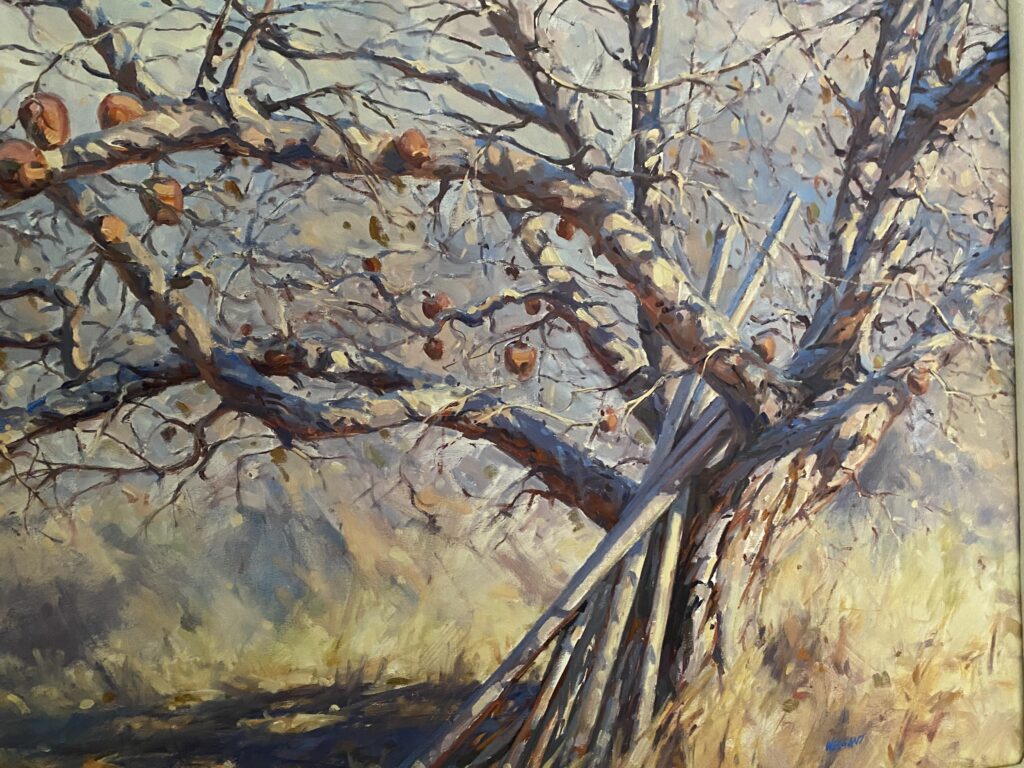
Caption: a picture of a painting by Rod Weagant from our friend’s wall. Rod gave us permission to share it.
It feels way better connecting our brief Red Delicious story to those whose story is much larger. Yes, we have farmed Red Delicious since 2017. In 2017 Red Delicious had mostly already been overtaken by varieties like Gala… but, we only had about 1.5 acres of trees. And, wrapped in with all our returns at Manson Growers, it looked “ok” to keep farming for a while longer. Until 2021 when we decided it didn’t make sense at all anymore financially and pulled almost all the trees – except maybe 50 or so 50+ year old trees. Heck, they felt like a piece of history. The final straw was the 2023 crop. For 20 bins of Red Delicious, we ended up getting an $1,800 bill from the warehouse. Yes, we got a bill for taking our fruit in. As gorgeous as these old trees are, they’re way too expensive to care for when the income is negative. So, on your next visit to the farm, part of the orchard may look a bit different. We’ve got some cool things planted in the place of Red Delicious – we’re excited to share with you on your next visit.
Apples are an amazing fruit. They’re so transportable, bursting with flavor and new varieties always around the corner. Most people are buying their apples from the grocery store. The retail apple section at the stores I visit are full of options. There seem to be more options today than there ever was for apples. Lots of options coupled with high production by farmers – and apple prices are low right now. This is good news for you as a consumer of apples. How can you help the farmer? #1 eat more apples, #2, buy direct from the grower if you can. Our farm has fresh apples September through February. Then year round you can support – Brownfield Orchard and Chelan Ranch – both growing amazing organic fruit. Thanks for following along. We really think the story of Red Delicious is an amazing one. From 1850 – … still going!!! Have a great weekend all!

